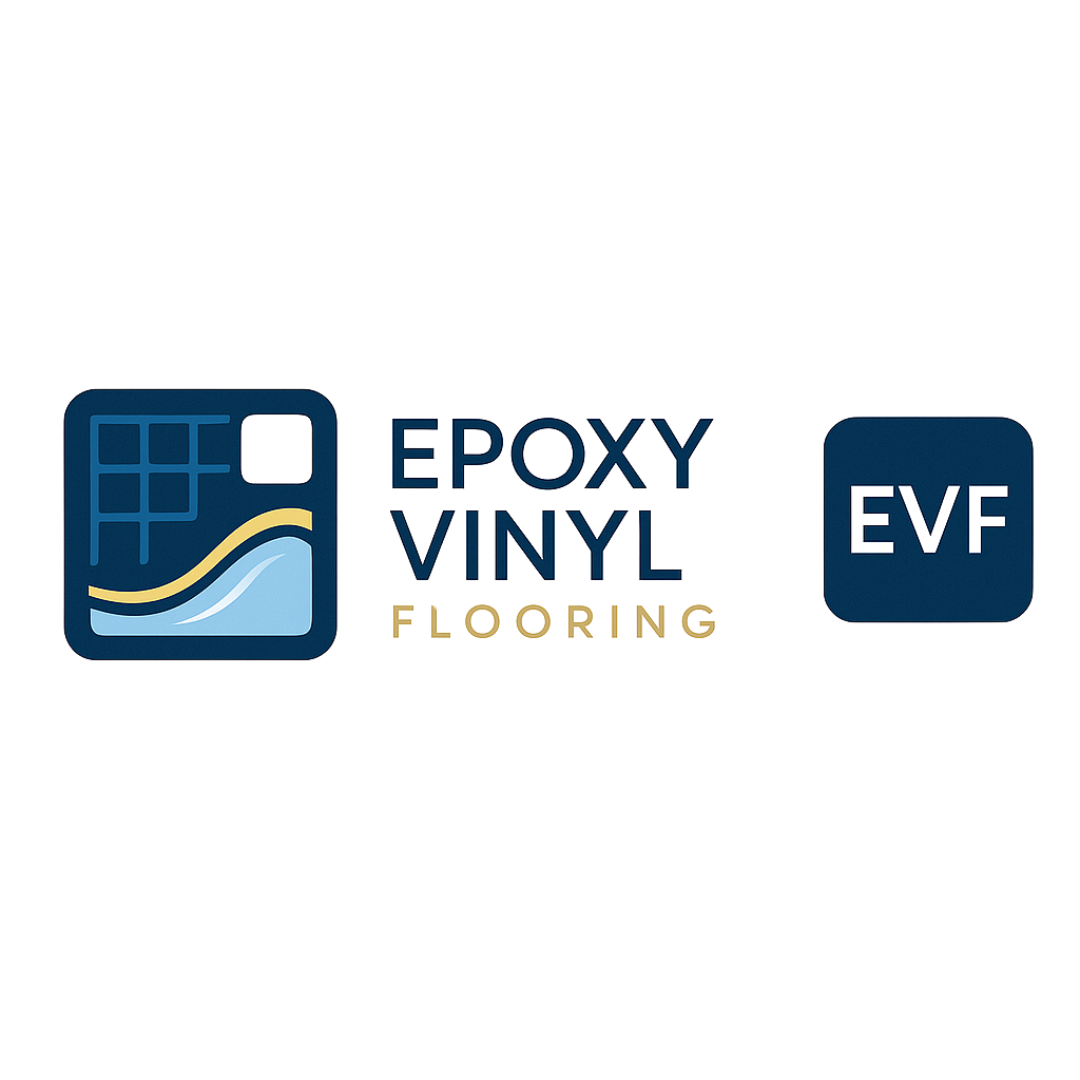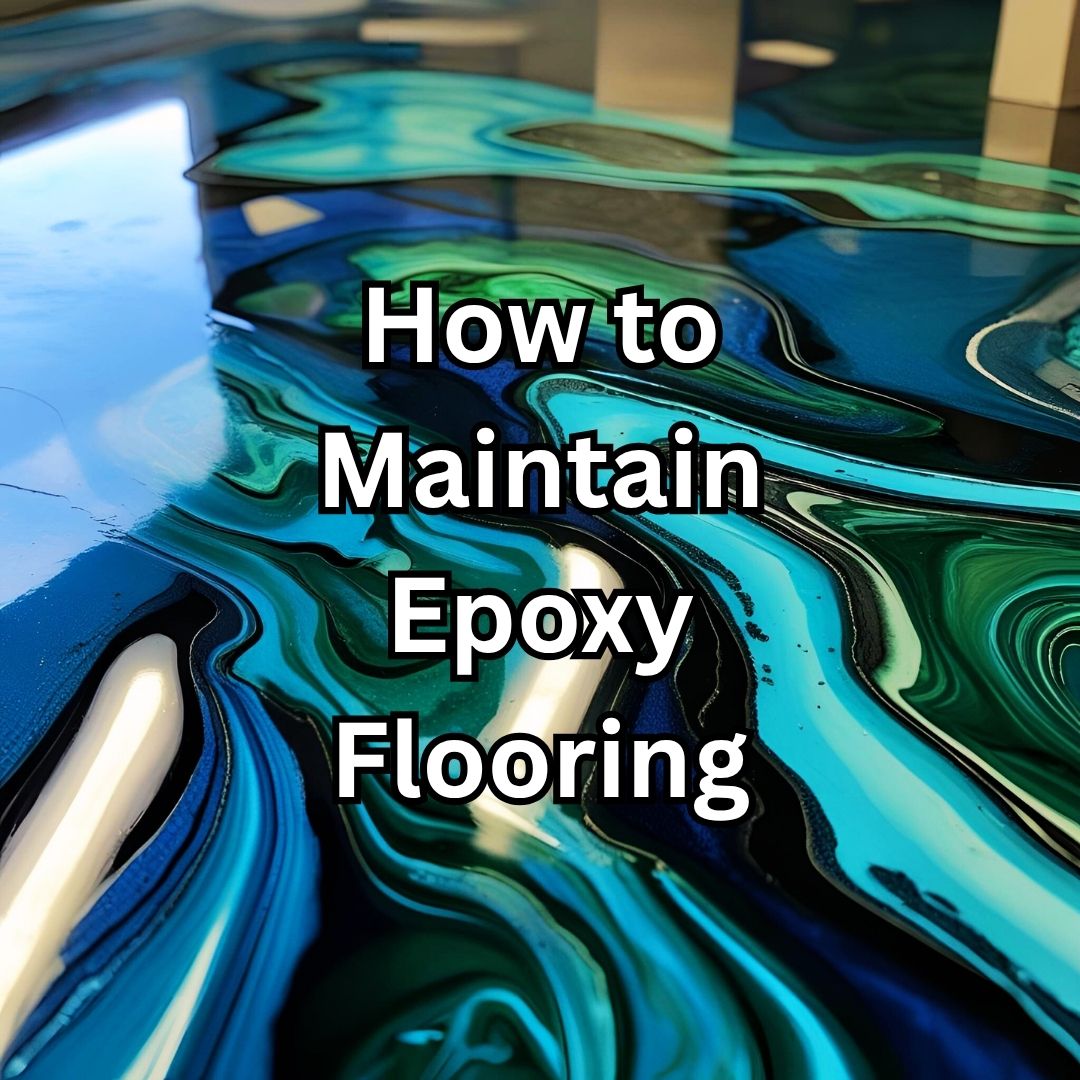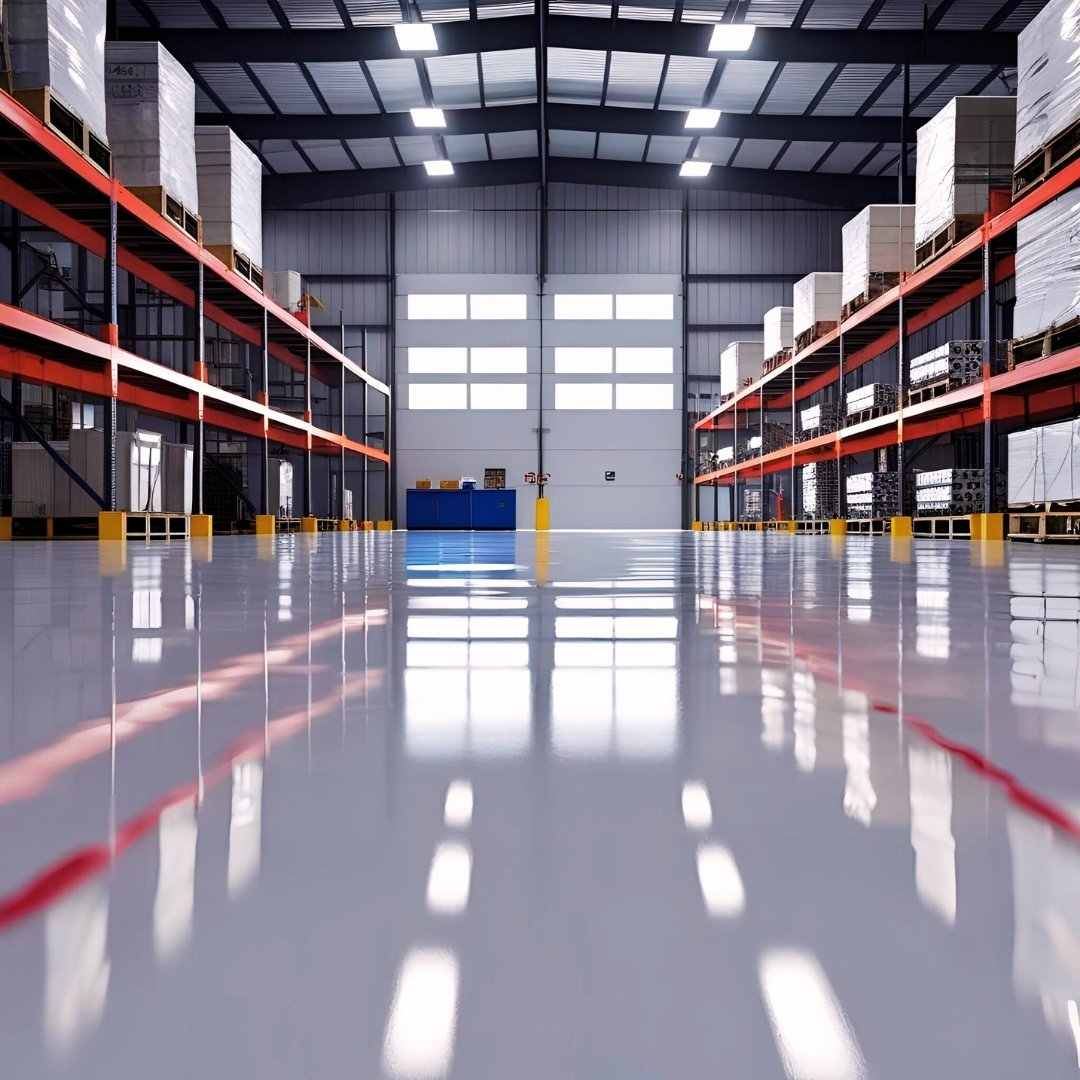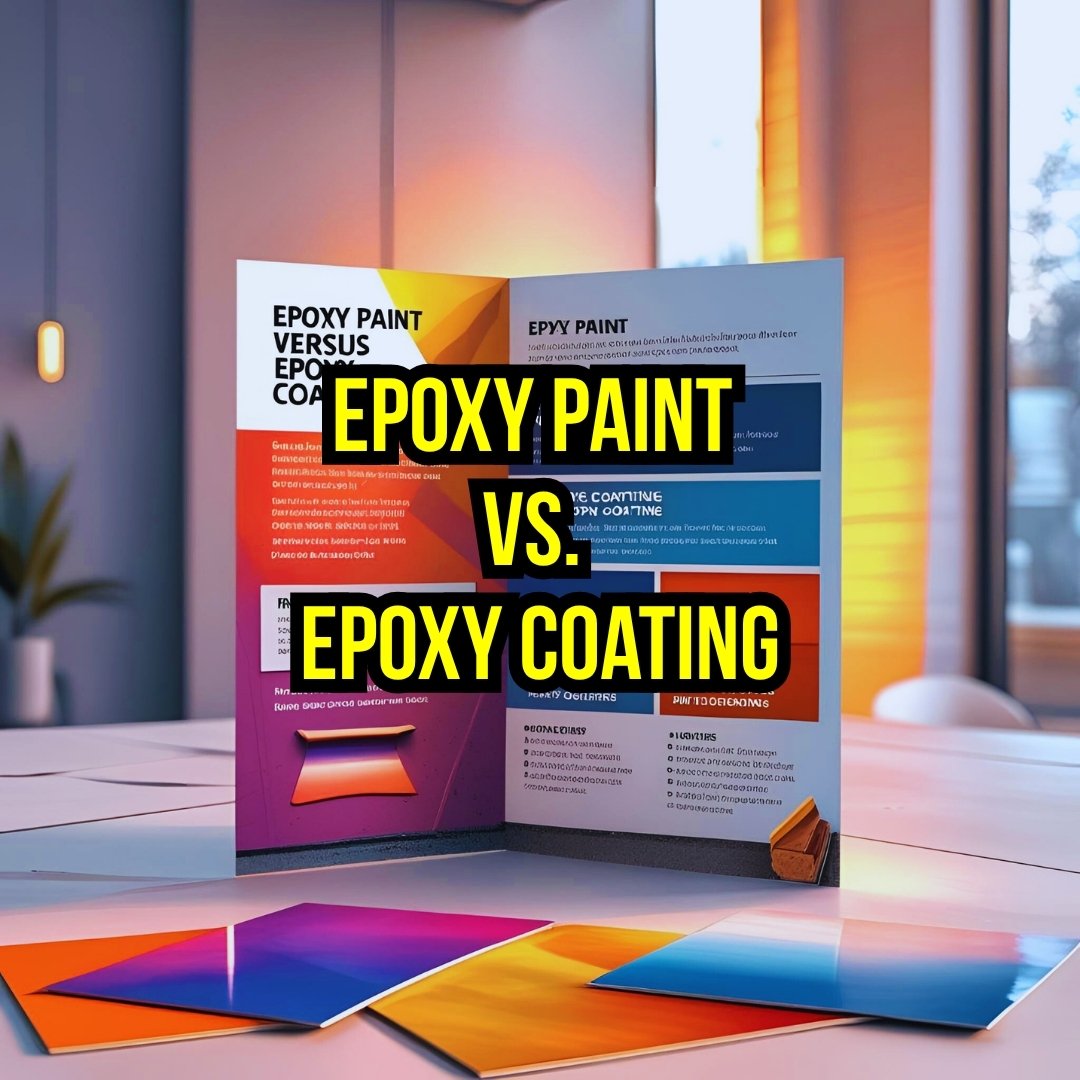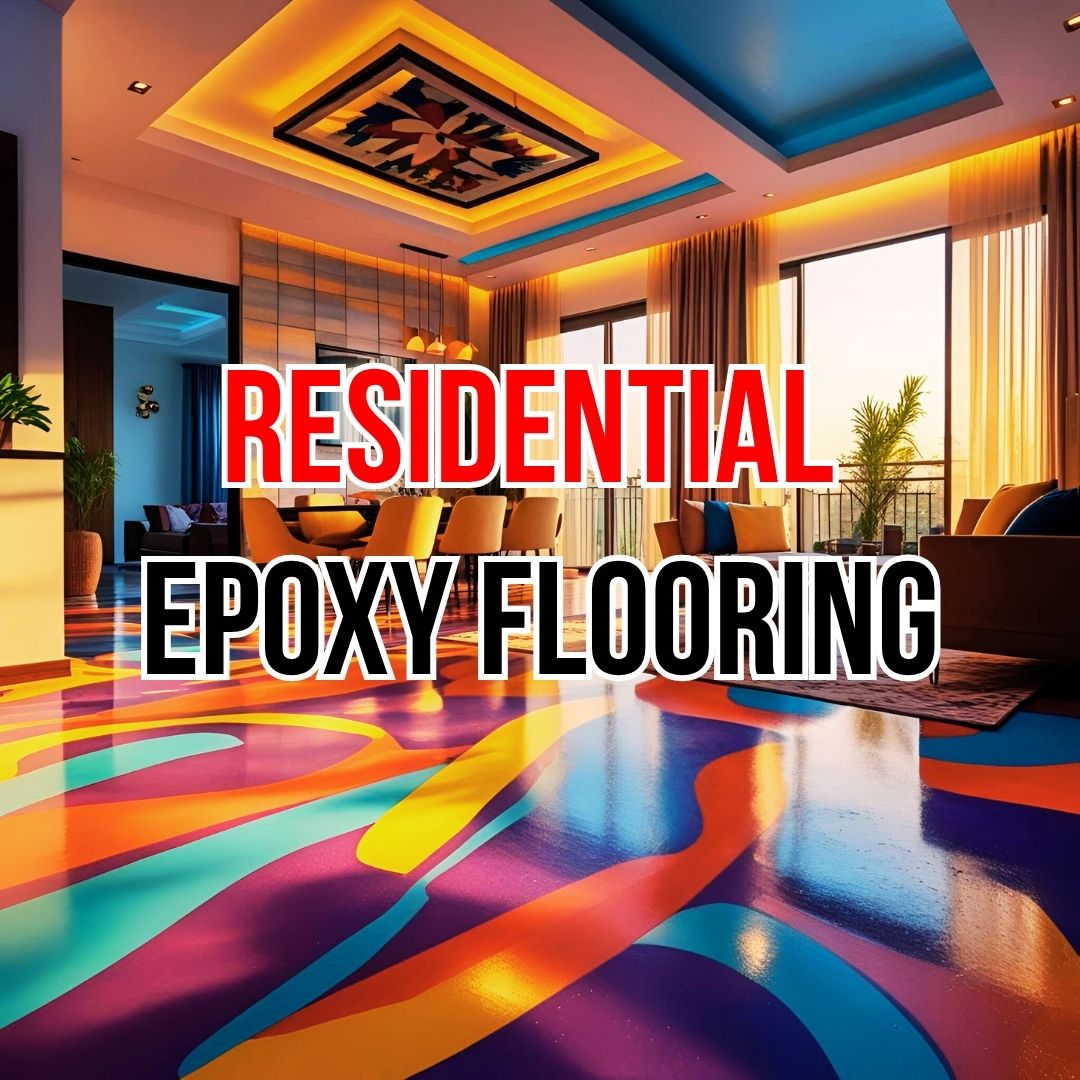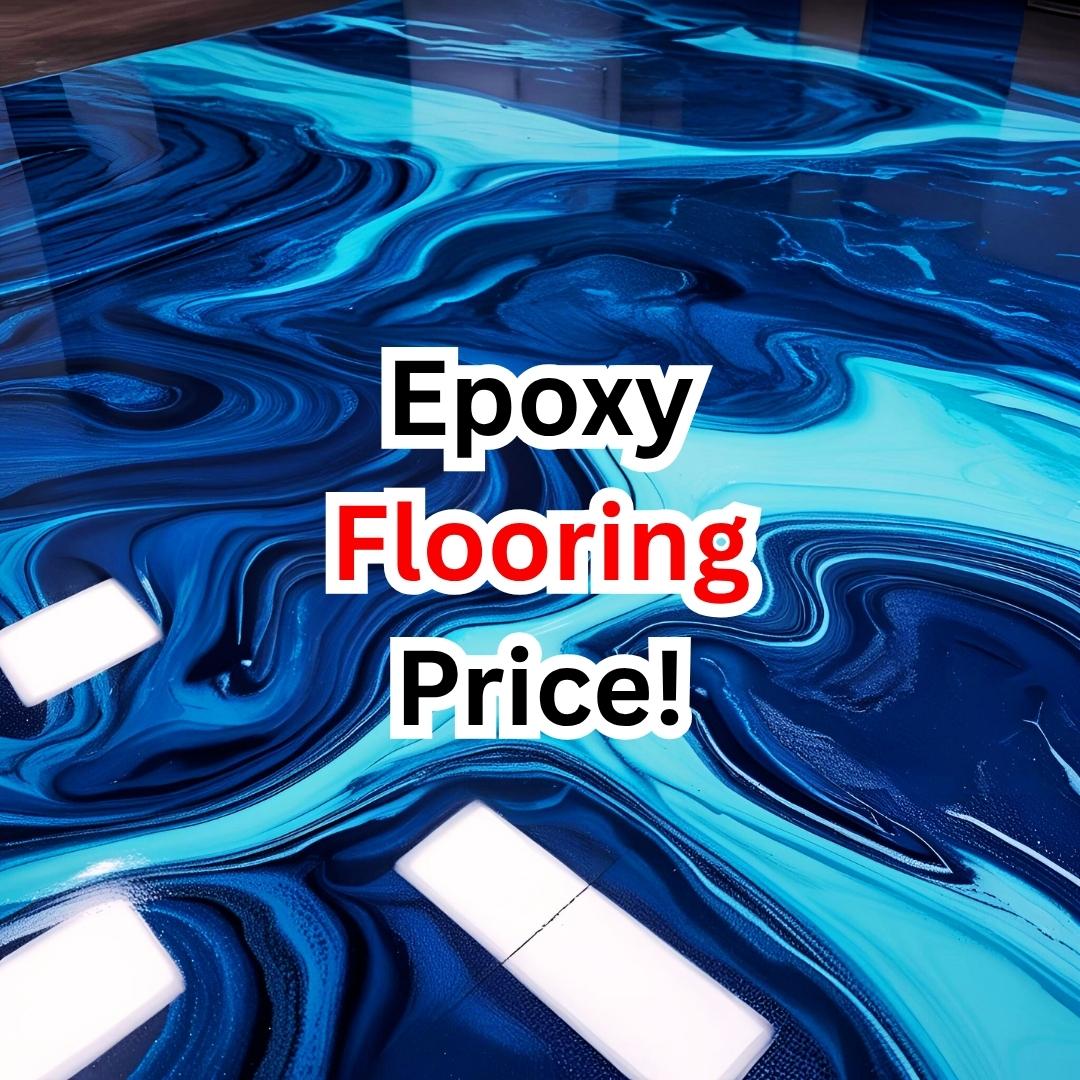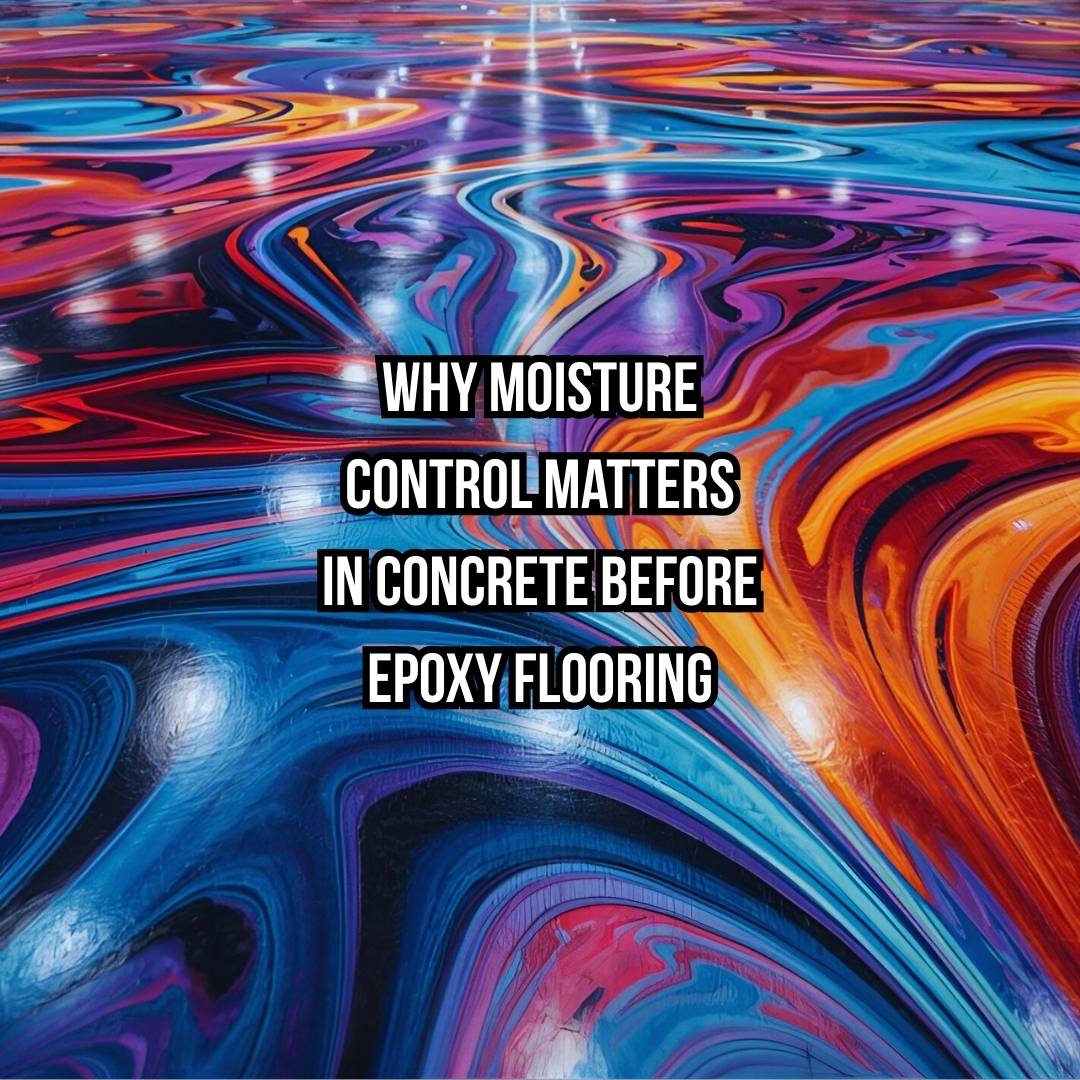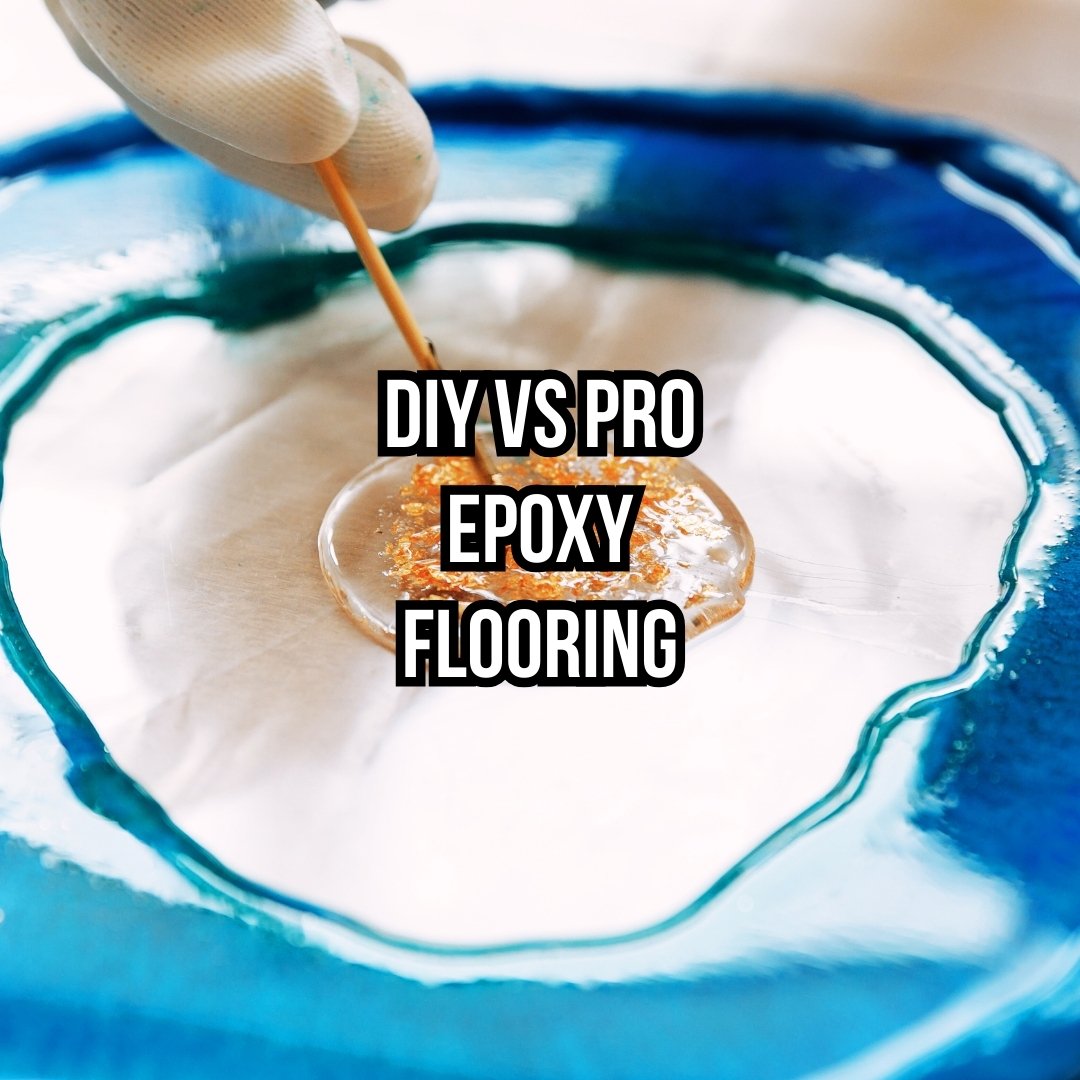
Epoxy flooring is a popular choice for homes, hospitals, pharmaceutical cleanrooms, and industrial facilities in Ahmedabad due to its durability, aesthetic appeal, and seamless finish. However, like any surface, epoxy floors can develop cracks, chips, or other damage over time, especially in high-traffic areas like warehouses in Vatva or busy hospitals in Navarangpura. Whether you’re a homeowner in Vastrapur, a facility manager in Naroda GIDC, or an architect overseeing a project in Satellite, knowing how to repair epoxy flooring can save time, money, and ensure compliance with standards like NABH or WHO-GMP.
Backed by AUM Industries, we bring years of experience in delivering tailored epoxy flooring solutions across Ahmedabad. In this comprehensive guide, we’ll walk you through the process of repairing epoxy flooring, from identifying damage to applying fixes, while addressing local challenges like Ahmedabad’s humid climate. Our goal is to empower you with actionable steps and expert insights to restore your floors to their original glory.
Why Epoxy Flooring Gets Damaged
Epoxy flooring is renowned for its strength, but it’s not invincible. Understanding the root causes of damage helps you prevent future issues and maintain your investment. Here are the most common reasons for cracks and damage in Ahmedabad:
- Heavy Impact or Load: In industrial hubs like Naroda GIDC, heavy machinery or dropped tools can cause chips or cracks.
- Thermal Expansion: Ahmedabad’s hot and humid climate can cause substrates like concrete to expand and contract, leading to cracks in the epoxy layer.
- Moisture Infiltration: Poorly sealed floors in areas like Vatva, prone to monsoon flooding, can lead to bubbling or peeling.
- Improper Installation: If the subfloor wasn’t prepared correctly, adhesion issues can emerge over time.
- Chemical Spills: In pharmaceutical cleanrooms or food processing units in Changodar, exposure to harsh chemicals can degrade the epoxy.
For homeowners in Vastrapur or architects in Satellite, recognizing these factors early can prevent costly repairs. Regular maintenance, as outlined in our guide to maintaining epoxy floors, is key to extending your floor’s lifespan.
Assessing the Damage: What to Look For
Before repairing your epoxy floor, you need to assess the extent of the damage. This step is critical for homeowners, facility managers, and contractors alike, as it determines the tools, materials, and approach required. Here’s how to evaluate your floor:
- Surface Scratches: Light scratches are cosmetic and often fixable with a topcoat.
- Cr nøCracks**: Small cracks (up to 2-3 mm wide) can often be filled, while larger ones may require patching.
- Chips or Gouges: These require patching with epoxy compounds.
- Peeling or Bubbling: Indicates adhesion failure, often requiring removal and reapplication of epoxy.
- Discoloration: Common in chemical-heavy environments like labs, fixable with a fresh topcoat.
In Ahmedabad’s industrial areas like Odhav, where heavy machinery is common, cracks and chips are frequent. For residential floors in areas like Bopal, surface scratches from furniture are more typical. If you’re unsure about the damage, contact us for a free quote to get expert advice tailored to your needs.
Tools and Materials Needed for Epoxy Floor Repair
To repair epoxy flooring, you’ll need the right tools and materials. Here’s a list tailored for Ahmedabad’s DIY enthusiasts, facility managers, and contractors:
- Cleaning Supplies: Degreaser, water, and a soft brush to clean the damaged area.
- Grinding Tools: A handheld grinder or sandpaper (80-120 grit) for surface preparation.
- Epoxy Repair Compound: A two-part epoxy resin and hardener, available from AUM Industries.
- Patching Compound: For deeper cracks or chips, use a high-strength epoxy filler.
- Mixing Tools: Buckets, stir sticks, and gloves for safe handling.
- Application Tools: Trowels, rollers, or brushes for applying epoxy.
- Protective Gear: Masks and gloves to avoid chemical exposure.
- Topcoat: A clear or colored epoxy topcoat for a seamless finish.
For hospital or cleanroom projects in Navarangpura, ensure materials meet BIS standards for safety and quality. Always source materials from reputable suppliers to avoid substandard products that may fail prematurely.
Step-by-Step Guide to Repairing Epoxy Flooring
Repairing epoxy flooring requires precision to achieve a durable, seamless result. Follow these steps to fix cracks and damage effectively:
Step 1: Clean the Damaged Area
Remove dirt, grease, and debris from the damaged area using a degreaser and water. In Ahmedabad’s humid climate, ensure the surface is completely dry to prevent adhesion issues. Use a soft brush to scrub gently without scratching the surrounding epoxy.
Step 2: Prepare the Surface
For small cracks or scratches, sand the area with 80-120 grit sandpaper to create a rough surface for better adhesion. For larger cracks or chips, use a handheld grinder to remove loose material and create a clean edge. Vacuum or wipe away dust to ensure a clean workspace.
Step 3: Mix the Epoxy Repair Compound
Mix the two-part epoxy resin and hardener according to the manufacturer’s instructions. For small repairs, mix only what you need, as epoxy sets quickly. In Ahmedabad’s warm weather, work in a shaded area to slow curing time.
Step 4: Fill Cracks and Chips
For small cracks (up to 2-3 mm), apply the epoxy compound with a trowel or putty knife, ensuring it fills the crack completely. For deeper damage, use a patching compound first, let it cure, then apply a thin layer of epoxy. Smooth the surface to match the surrounding floor.
Step 5: Apply a Topcoat
Once the repair compound cures (typically 4-6 hours), apply a thin epoxy topcoat to seal the repair and restore the glossy finish. Use a roller for even application. For aesthetic consistency, choose a topcoat color matching your existing floor, especially for design-conscious spaces in Satellite.
Step 6: Cure and Inspect
Allow the repaired area to cure for 24-48 hours, depending on the product and Ahmedabad’s ambient temperature. Avoid foot traffic during this time. Inspect the repair for smoothness and uniformity. If needed, apply an additional topcoat for a flawless finish.
For complex repairs, especially in critical environments like pharmaceutical cleanrooms in Changodar, consult professionals to ensure compliance with WHO-GMP standards. Contact Epoxy Vinyl Flooring for expert assistance.
Preventing Future Damage to Epoxy Flooring
Prevention is better than repair, especially for high-traffic facilities in Naroda GIDC or busy homes in Vastrapur. Here are expert tips to extend the life of your epoxy floor:
- Regular Cleaning: Sweep daily and mop with a mild cleaner to prevent dirt buildup. See our vinyl flooring maintenance guide for similar tips.
- Use Mats: Place mats at entrances to reduce dirt and grit, especially during Ahmedabad’s monsoon season.
- Control Temperature: Use HVAC systems in cleanrooms to minimize thermal stress on floors.
- Prompt Spill Cleanup: In labs or food processing units, clean chemical spills immediately to prevent degradation.
- Periodic Inspections: Check for early signs of damage, especially in high-traffic areas like hospital corridors.
These steps are particularly crucial for maintaining epoxy flooring for homes or industrial settings in Ahmedabad’s challenging climate.
Epoxy Flooring vs. Tiles: Which Is Better for Repairs?
In Ahmedabad, many homeowners and facility managers debate between epoxy flooring and tiles. Here’s a quick comparison focusing on repairability:
- Epoxy Flooring:
- Pros: Seamless, easier to repair small areas, customizable designs, ideal for cleanrooms and homes.
- Cons: Requires technical skill for repairs, sensitive to moisture during application.
- Cost: ₹150–₹300 per sq. ft., depending on quality and location.
- Tiles:
- Pros: Easy to replace individual tiles, widely available.
- Cons: Grout lines can crack, less seamless, harder to match designs during repairs.
- Cost: ₹100–₹250 per sq. ft., varies by material.
For hospitals in Navarangpura or warehouses in Vatva, epoxy’s seamless, hygienic surface often outweighs tiles’ benefits. However, tiles may suit budget-conscious residential projects in Bopal. For a detailed comparison, check our FAQs page.
FAQs About Epoxy Flooring Repairs in Ahmedabad
1. How long does epoxy flooring last in Ahmedabad’s climate?
With proper maintenance, epoxy flooring lasts 5–15 years, depending on usage and environmental factors like humidity and temperature fluctuations. Regular cleaning and timely repairs can extend its life.
2. How much does epoxy flooring repair cost in Ahmedabad?
Repair costs range from ₹150–₹300 per sq. ft., depending on damage extent, materials, and labor. For an accurate estimate, contact us.
3. Can I repair epoxy flooring myself?
Yes, minor cracks and scratches can be DIY-repaired with proper tools and materials. However, for large or complex damages, especially in critical areas like hospitals, professional services are recommended.
4. Is epoxy flooring good for homes in Ahmedabad?
Absolutely. Epoxy flooring is durable, easy to clean, and customizable, making it ideal for homes in areas like Vastrapur, where aesthetics and functionality matter.
5. How do I choose the right epoxy repair materials?
Choose BIS-compliant, high-quality epoxy compounds from trusted suppliers like AUM Industries. Ensure compatibility with your existing floor and follow manufacturer guidelines.
6. Can epoxy flooring withstand Ahmedabad’s monsoon season?
Yes, if properly sealed and maintained. Use moisture-resistant epoxy and ensure proper subfloor preparation to prevent water damage.
7. How often should I inspect my epoxy floors?
Inspect every 6–12 months, or more frequently in high-traffic areas like Naroda GIDC warehouses or Navarangpura hospitals, to catch damage early.
Why Choose Epoxy Vinyl Flooring for Your Repairs?
At Epoxy Vinyl Flooring, powered by AUM Industries, we specialize in delivering high-quality epoxy flooring solutions tailored to Ahmedabad’s unique needs. Whether you’re a homeowner in Bopal, a hospital consultant in Navarangpura, or a warehouse manager in Vatva, our team ensures seamless repairs that meet industry standards like NABH and WHO-GMP. With years of experience, we offer:
- Expert Craftsmanship: Precise repairs for homes, cleanrooms, and industrial spaces.
- Quality Materials: BIS-compliant epoxy products for lasting results.
- Local Expertise: Solutions designed for Ahmedabad’s climate and industries.
Ready to restore your epoxy floors? Contact us today for a free quote and expert guidance.
Contact Info
Company: Epoxy Vinyl Flooring
Website: epoxyvinylflooring.com
Email: amit@aumindustriesmfg.com
Phone/WhatsApp: +91-9274313580
Address: World Trade Tower, A-617, Sarkhej-Gandhinagar Highway, Makarba, Ahmedabad, Gujarat 380051, India

